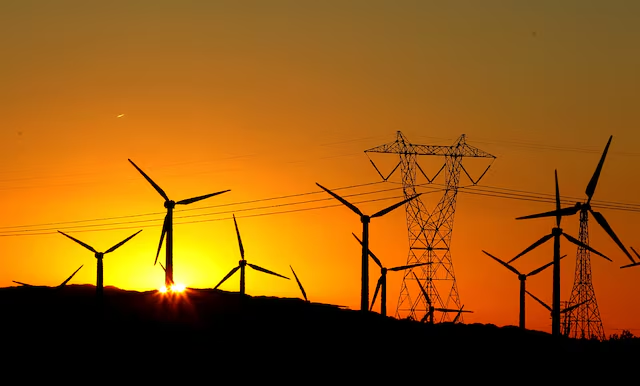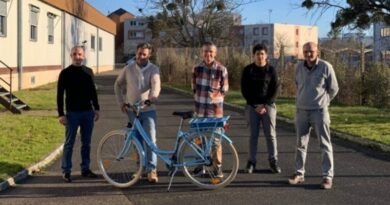Higher interest rates pose risk to renewable sector, hurting energy transition, say analysts
Higher interest rates could pose a risk for renewable energy sector, complicating the global push for a switch to sustainable energy, according to analysts.
Interest rates in the U.S. have been at multi decadal high since hikes began in 2023 , leading to a higher cost of borrowing. Higher borrowing costs hit renewable sector more than oil & gas or mining sector, as renewable projects are more capital-intensive and rely on subsidies.
“Owing to the capital-intensive (Capex) nature of renewable energy…they are inherently more susceptible to high-interest rates,” said Vegard Wiik Vollset, head of renewables and power (EMEA) at Rystad Energy, adding that new renewable projects were most at risk, while existing projects that had secured debt before interest rate hikes remain unaffected.
Over 80% of planned new energy installations in the U.S. in 2023 were from sources like battery, solar, and wind, according to data from the U.S. Energy Information Administration.
The U.S. 10-year treasury yield hit a five-month high this week following stronger-than-expected inflation data last week, with markets now seeing the first cut coming in September, according to CME’s FedWatch Tool.
Even small shifts in interest rates can make a big difference in the total cost of a renewable project.
According to Wood Mackenzie, a two-percentage-point increase in the interest rate pushes up the levelised cost of electricity (LCOE) — the estimated revenue required to build and operate a generator over a specified cost recovery period — by as much as 20% for renewables.
Renewable energy is key to meeting the climate goals set at the 2015 UN Climate Change Conference in Paris aimed at limiting global warming. Any hit to the sector could potentially put this in jeopardy.
“In a higher interest-rate scenario, achieving net zero will be even harder and more costly,” the Wood Mackenzie report said.
Source: Reuters




